In a world increasingly conscious of its environmental footprint, the potential of digital technologies in driving the circular economy is a topic of great interest at The Value Department. This topic was the focus of a presentation delivered by Fleur Boos and Bob Gravestijn at #TheNTWKSummit23.
Let’s first give some meaning to the buzzwords!
What is the circular economy and what do we mean by a sustainable approach?
A circular economy is centered on the idea of resources being kept as long as possible within the economic system. Materials that have undergone an entire lifecycle, from production to end-stage, are returned to the economic system as an input.
A sustainable approach that focuses on minimizing waste and maximizing resource efficiency through a closed-loop ecosystem
How can blockchain help the circular economy?
Digital technologies can play a significant role in promoting this circular economy. For instance, Blockchain enables a central, immutable ledger of transactions, bringing higher levels of transparency across the supply chain, ensuring traceability, ethical sourcing, and more effective material flows. The technology is composed of several layers, including the application layer, aggregation layer, asset layer, and consensus layer, each playing a crucial role in its functionality.
Combining those: Waste + information = Resource.
And this is not only theory or future dreaming, several organizations are already leveraging blockchain to support the circular economy. For instance, Lockheed Martin enhances supply chain management and aerospace manufacturing processes using blockchain technology. Similarly, Tex-Tracer with Fujitsu technology utilizes blockchain technology to enhance the traceability and transparency of textile supply chains, promoting sustainability and ethical practices in the textile industry. In addition, IBM Food Trust leverages blockchain for transparency and traceability in the food supply chain to improve food safety and reduce waste.
Other examples include Plastic Bank, which incentivizes plastic waste collection using digital tokens and blockchain technology for recycling and job creation, and Circulor, which uses blockchain technology to track materials and products’ lifecycles, improving social and environmental standards. Or Gainforest.app employs blockchain technology to monitor, report, and verify reforestation and conservation efforts for sustainable land management. And many more examples are out there – contact us to get introductions!
What are the potential barriers to integrating blockchain in the circular economy?
While promising, Blockchain technology comes with its own set of challenges. Blockchain’s impact on power consumption is a critical aspect to consider. The energy consumption varies depending on the consensus algorithm used, such as proof of work, proof of activity, proof of elapsed time, proof of capability, proof of burn, proof of authority, proof of stake, and proof of history. Understanding these algorithms and their energy footprints can help in optimizing the use of blockchain for sustainability. Other challenges include scalability, interoperability, integration with legacy systems, and protection of sensitive and confidential data.
Working toward how we can overcome these challenges is crucial to maximizing the potential of blockchain in the circular economy.
If you’re interested in learning more, send us a message and we’ll be happy to share the full presentation filled with more examples – we believe you’ll find it insightful! In the meantime check out a preview by clicking the button below. Don’t hesitate to reach out to us via message if you’d like to learn more about this interesting topic.

Fleur Boos
Connecting tomorrow's vision to today's action.

Bob Gravestijn
Identifying strategic solutions, empowering businesses to innovate and thrive.




